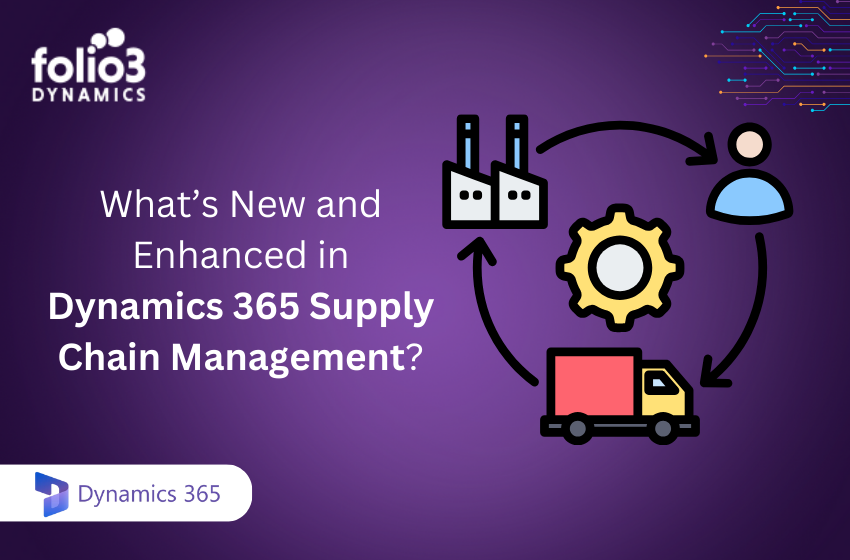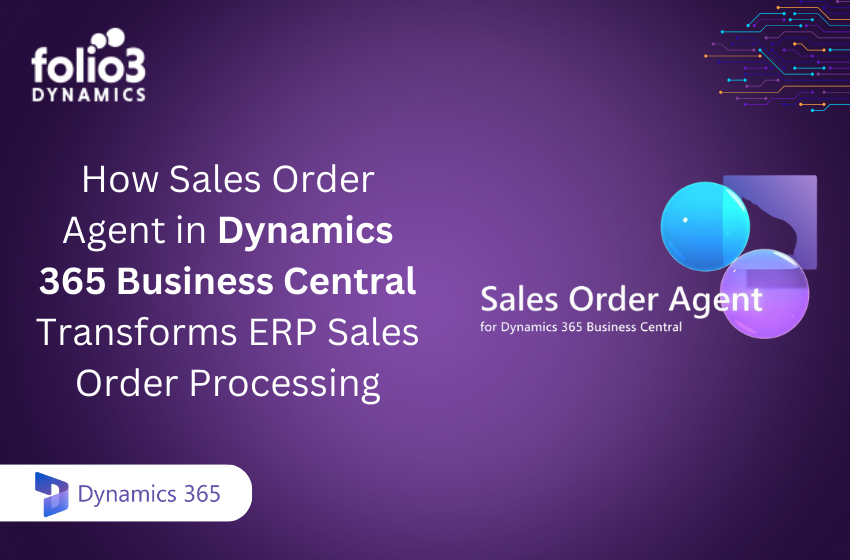Today’s energetic business environment makes accurate and effective payroll administration crucial. Business Central payroll integration smooths the way to boost accuracy, guarantee compliance, and accelerate payroll procedures.
Payroll integration with Business Central lets you reap infinite benefits from Business Central Payroll Integrations that improve your company’s overall productivity. This integration makes payroll management easier and offers valuable information, promoting better decision-making.
The Need for Payroll Integration
Let us examine the compelling reasons that persuade us to opt for ERP payroll integrations.
Challenges in Payroll Management
Payroll management may be a challenging task frequently hindered by problems such as manual data input mistakes, issues with compliance and regulations, and monotonous processes.
- Manual Data Entry Errors: One of the common challenges in payroll management is the risk of manual data entry errors. These errors can occur when entering employee hours, calculating wages, or managing taxes. Even a minor mistake can lead to major discrepancies, resulting in underpayments or overpayments. These errors can have an adverse effect on employee trust and require time-consuming corrections.
- Compliance and Regulatory Issues: Compliance with regulations is another enormous challenge. Payroll regulations are intricate and constantly changing. Failure to adhere to these regulations can result in penalties, legal complications, and a bad reputation. Staying compliant requires continuous monitoring of regulatory changes and updating payroll processes accordingly.
- Time-Consuming Payroll Processes: Traditional payroll processes are time-consuming and require much administrative effort and resources. HR teams may spend many hours calculating wages, processing payments, and generating reports. This time could be better utilized for planning strategic activities that lead to business growth.
Why Integrate Payroll with Business Central?
Integrating payroll with Business Central effectively handles these challenges. Business Central payroll features simplify processes, guarantee compliance, and boost accuracy and efficiency.
- Streamline Processes: Integration of Payroll automates many manual tasks, including data entry, calculations, and disbursements. This decreases the time and effort required to process payroll, enabling HR to address tasks with higher priority and reduce errors.
- Ensure Compliance: Payroll integration ensures compliance with regulations. Automated compliance management features align your payroll processes with the latest regulations, reducing the risk of penalties. This is very important for businesses operating in multiple areas with different laws.
- Improve Accuracy and Efficiency: Real-time data synchronization guarantees the accuracy of payroll records, time tracking, and employee data. The correct information is required for accurate wage calculations and timely payment. Higher accuracy lowers the possibility of mistakes, resulting in employee satisfaction and trust.
Key Features of Business Central Payroll Integration
The significant features that motivate us to adopt payroll integration are highlighted below.
1. Automated Payroll Processing
Automated payroll processing is a remarkable Business Central payroll feature. This module automates payroll calculations and disbursements, reducing the chance of errors.
- Explanation: Automated payroll processing eliminates the need for manual work. The system automatically calculates wages, deductions, and taxes based on pre-set rules. Payments are processed electronically, reducing the overall time and effort.
- Benefits: The main advantages of automated payroll processing are reduced errors, time savings, and consistency. By automating calculations and disbursements, you can ensure accurate and timely payments, which enhances efficiency and builds employee trust. Additionally, automation reduces the administrative burden on HR Teams.
2. Real-time Data Synchronization
Another prominent feature of Business Central payroll integration is real-time data synchronization, which ensures that employee data, time tracking, and payroll records are synced automatically.
- Explanation: Real-time data synchronization keeps your payroll system updated with the latest employee data, such as employee status, hours worked, and leaves. The system updates payroll records based on the latest data, ensuring accurate calculations.
- Benefits: Accurate data and timely updates are the major benefits of real-time data With these, you can have precise payroll records and ensure correct employee payment. This reduces the risk of errors and boosts employee trust.
3. Compliance Management
Compliance management is mandatory to avoid legal issues and penalties. Business Central payroll integration guarantees compliance with all regulations by automating compliance-related tasks.
- Explanation: Compliance management features enable you to adhere to the latest regulations. The system automatically updates payroll processes based on regulatory changes. This includes automated tax filings, adherence to labor laws, and updates on regulatory changes.
- Benefits: The main benefits of compliance management include avoiding penalties and staying updated with regulations. You can avoid costly fines and legal problems, protect your business, and build your reputation.
4. Reporting and Analytics
Payroll reporting and analytics are the backbone of intelligent business choices. Business Central payroll integration provides detailed payroll reports and analytics, enabling you to gain information about payroll expenses and employee compensation.
- Explanation: The system provides detailed reports and analytics based on real-time data. These reports contain information on payroll expenses, employee compensation, tax liabilities, and other critical metrics. The analytics capabilities help you spot trends that help in financial planning and decision-making.
- Benefits: Payroll reporting and analytics provide the fundamental benefits of better financial planning and decision-making. You can find opportunities to improve your payroll procedures using the information obtained from these reports. It may also lead to cost reductions and increased productivity. Moreover, comprehensive reports offer transparency, which raises employee and stakeholder satisfaction.
5. Employee Self-Service Portal
An employee self-service portal is an excellent feature that gives employees access to their payroll information. This provides transparency and reduces the administrative workload on your HR team.
- Explanation: The self-service portal lets employees see their pay stubs, tax documents, and other payroll-related information. Employees can access this information themselves, eliminating the need for HR. The portal lets employees update their personal information, submit leave requests, and perform other tasks.
- Benefits: The major benefits of the employee self-service portal are transparency and low administrative workload. You can also build employee trust by providing employees with access to their payroll information.
Benefits of Payroll Integration with Business Central
Following are some of the benefits of Payroll Integration with Business Central
1. Efficiency and Time Savings
One of the benefits of Business Central payroll integrations is the time savings they lead to. By simplifying payroll and reducing manual work, you can get quicker payroll runs and free up time for your HR team.
- Explanation: Payroll integration automates many manual tasks, such as data entry, calculations, and disbursements. This reduces the time and effort required to process payroll, allowing HR teams to plan long-term tasks.
- Examples: Automated calculations and quicker payroll runs are examples of how integration boosts efficiency. Automated payroll calculations eliminate the need for manual data entry, saving time and reducing errors.
2. Accuracy and Reduced Errors
Another benefit of integrating payroll with Business Central is eliminating human errors in payroll processing. Accurate tax calculations and data entry are mandatory to ensure employees are paid correctly and on time.
- Explanation: Payroll integration makes automatic calculations, reducing the risk of errors. The system calculates wages, deductions, and taxes based on rules and employee data, ensuring accuracy.
- Examples: Accurate tax calculations and data entry are critical for reducing errors. For example, automated tax calculations ensure that the correct amount of tax is deducted from employee wages, reducing the risk of underpayments or overpayments.
3. Enhanced Compliance
Ensuring compliance with regulatory requirements is vital for avoiding legal issues. Business Central payroll integration automates compliance tasks, such as tax filings and following labor laws.
- Explanation: Compliance management features help you comply with the latest regulations. The system automatically updates payroll processes according to regulatory updates.
- Examples: Automated tax filings and compliance with labor laws are examples of how integration improves compliance. Automated tax filings ensure that your business complies with tax regulations, reducing the risk of penalties.
4. Improved Employee Satisfaction
Providing employees with timely and accurate pay is mandatory for maintaining high levels of employee satisfaction and motivation. Business Central payroll integration provides self-service portals and transparent payroll processes, leading to a positive employee experience.
- Explanation: The employee self-service portal lets employees see their pay slips, tax documents, and other information. Employees can access this information conveniently, reducing the need for HR intervention.
- Examples: Self-service portals are an example of how integration improves employee satisfaction. The self-service portal lets employees view their pay stubs and tax documents, ensuring transparency and trust.
5. Cost Savings
Another key benefit of payroll integration with Business Central is minimizing administrative costs and errors. Automated payroll processes reduce the need for manual work, can lower administrative costs, and minimize the time spent on corrections.
- Explanation: Payroll integration reduces the time and resources required for payroll processing. Automation rids the need for manual calculations and data entry, reducing administrative workload. This saves time and eliminates errors.
- Examples: The lowered need for manual intervention and less time spent on corrections are clear examples of cost savings.
Implementation Process
Applying payroll integration with Business Central needs an organized approach to ensure a smooth transition and integration. The following steps define the implementation process:
1. Planning
The initial step in the implementation process is planning. Analyze your payroll processes and define integration goals. Comprehending your existing payroll system and identifying areas for improvement will enable you to set clear objectives.
2. Setup
Proper configuration is essential for a smooth integration. This involves configuring integration settings in Business Central and ensuring compatibility with your payroll software. Following best practices and guidelines provided by Microsoft for a successful setup.
3. Data Migration
Ensuring data accuracy is crucial for maintaining the integrity of your payroll system and avoiding mistakes. This involves transferring existing payroll data to Business Central and checking its accuracy. Data migration ensures that your payroll records are accurate and up-to-date.
4. Testing
Testing ensures the integrated system functions correctly and any issues are handled before going live. This involves conducting in-depth testing and identifying and addressing issues to ensure a smooth transition. This includes testing payroll calculations, data synchronization, and compliance features.
5. Go Live and Monitoring
Continuous monitoring is important for ensuring that the integrated system runs smoothly. This involves launching the integrated payroll system, monitoring its performance, and adjusting as needed. Monitor the system performance, identify potential issues, and make adjustments to ensure a smooth operation.
Conclusion
Integrating payroll with Business Central provides multiple benefits, including enhanced efficiency, accuracy, compliance, employee satisfaction, and cost savings. By automating payroll processes and ensuring real-time data synchronization, you can simplify your payroll operations and focus on long-term planning.
If you want to revamp your payroll management and reap the benefits of Business Central payroll integrations, consider exploring Dynamics 365 Business Central for a complete solution that meets all your business requirements.
By adopting Business Central payroll integrations, you improve your payroll processes and gain a competitive edge in the market. Organizing payroll allows you to allocate resources more efficiently, reduce costs, and build employee trust!


